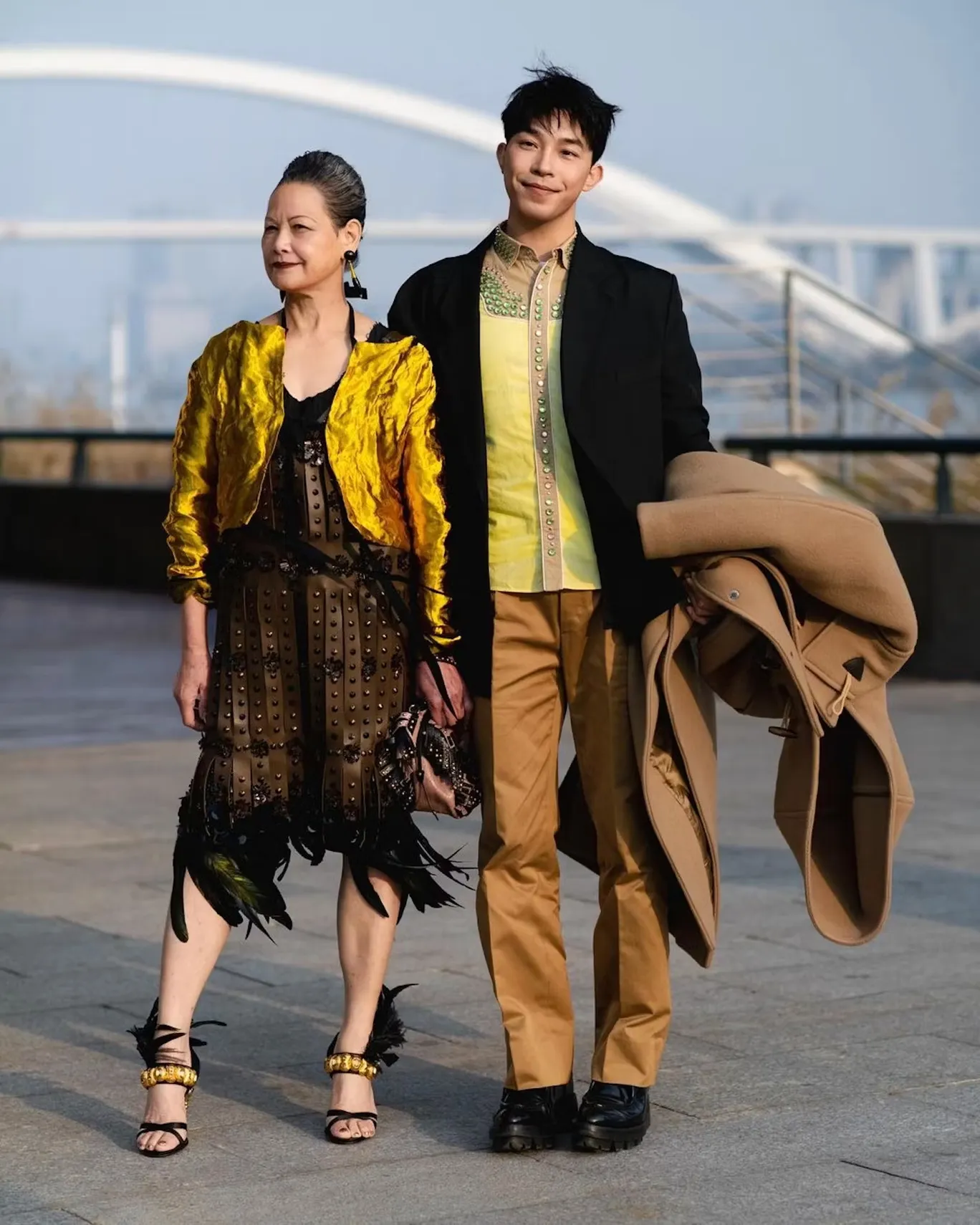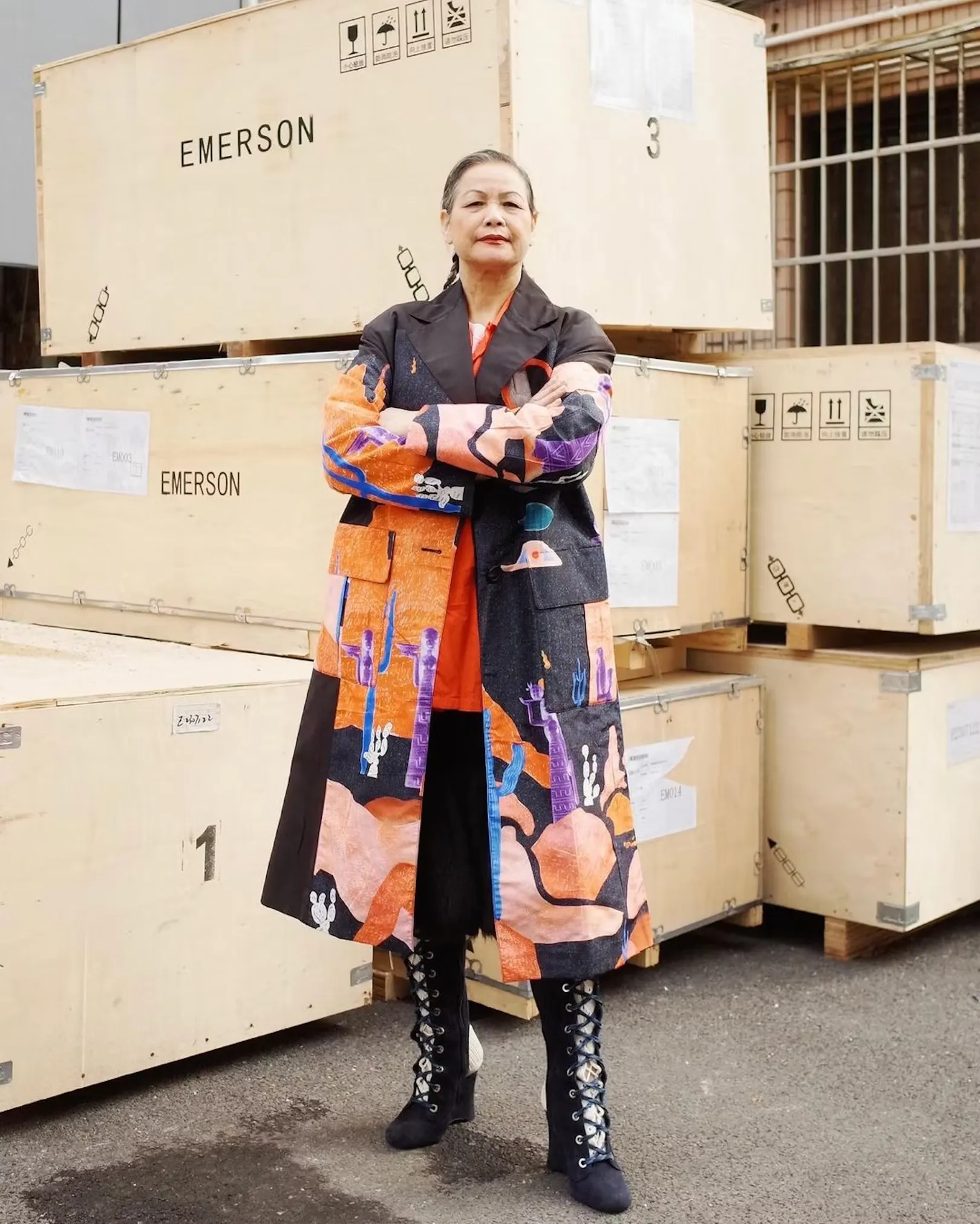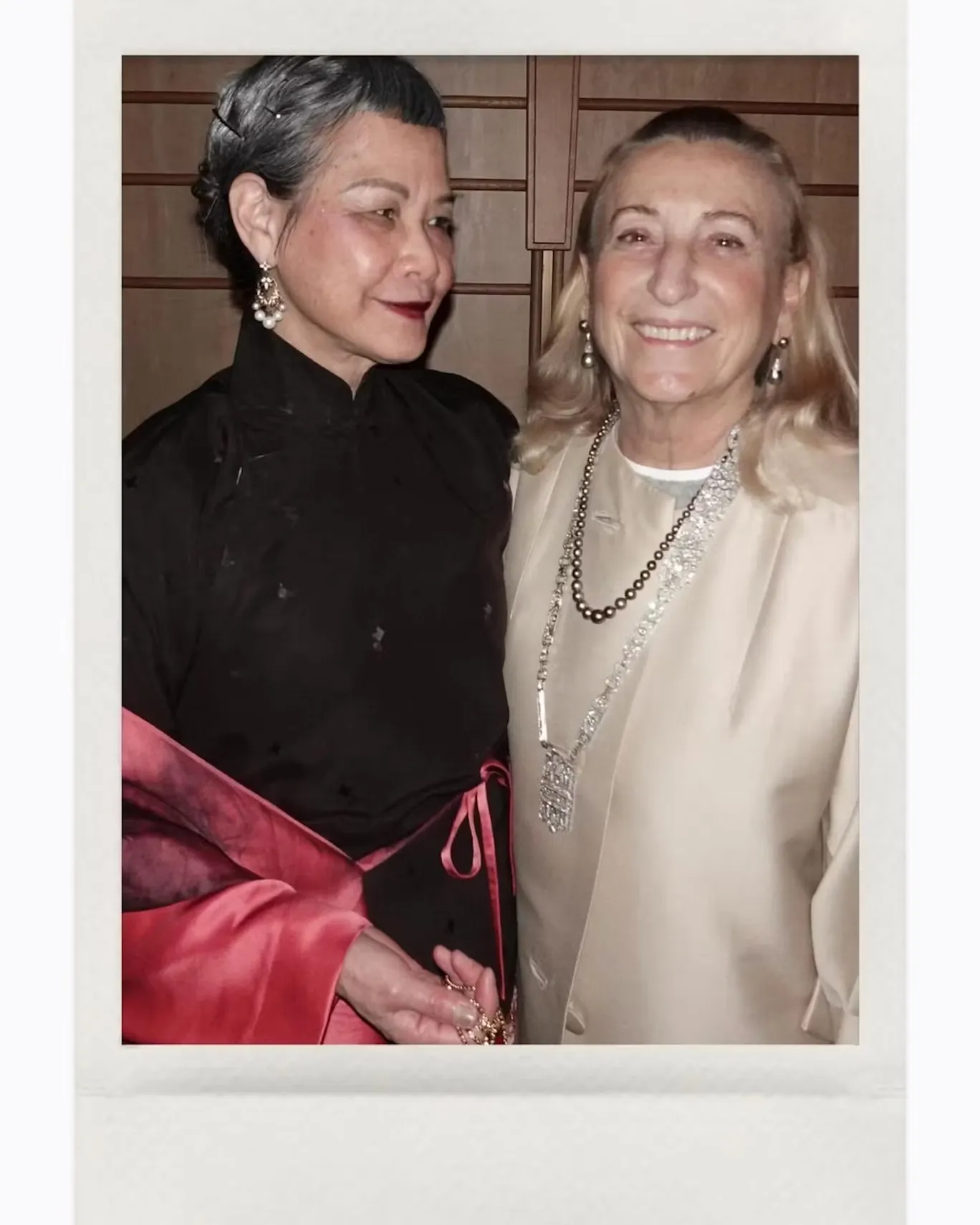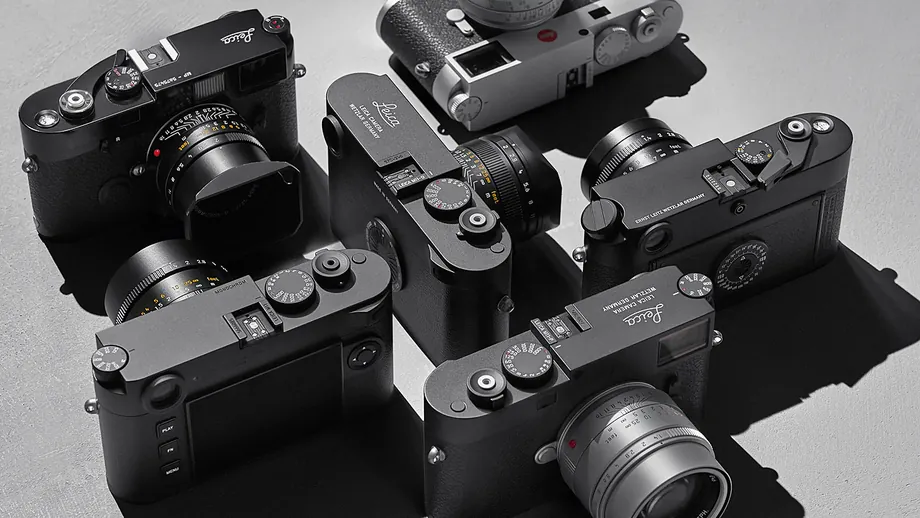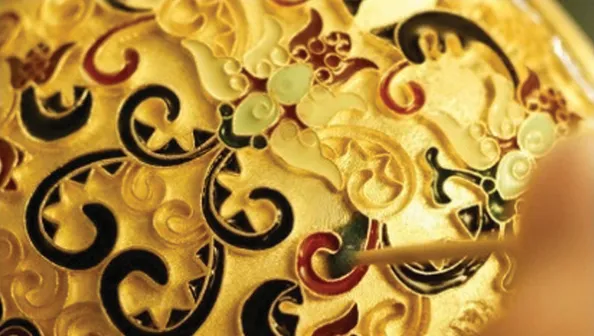Luxury’s new currency isn’t exclusivity. It’s understanding.
Across Asia, three forces are converging to reshape what luxury means and how it must be delivered.
1. The 0.001% Ultra-Wealthy
At the very top of the pyramid sit the ultra-high-net-worth individuals (UHNWIs) — those with investable assets of more than $30 million. They represent just 0.001% of humanity, yet account for around 40% of global luxury spending. Their influence is extraordinary: a fraction of the population dictating the tone, direction, and survival of many luxury empires.
But their expectations have shifted. They are no longer simply buying objects of desire. Instead, they demand precision in emotional engagement. Private salons discreetly hidden within Hermès boutiques, Cartier dinners for only six guests, or couture gowns tailored not just to body measurements but to the temperament and personality of the wearer. These clients value what some describe as the “frequency of understanding” — the feeling that a brand not only knows who they are, but responds with empathy and individuality.
For luxury brands, catering to the ultra-wealthy is less about showcasing extravagance and more about cultivating intimacy, trust, and cultural resonance.
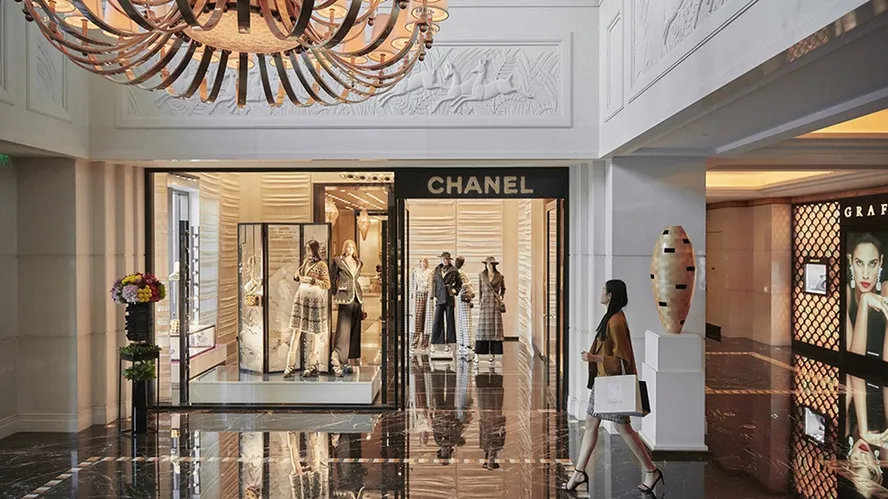
2. The Rise of Midlife Women
At the other end of the conversation — not opposite in wealth, but equally powerful in influence — stand Asia’s midlife women. By 2025, China alone will count more than 321 million people over 60. Among them, women in their 50s and 60s are breaking stereotypes, embracing independence, and emerging as cultural tastemakers.
They are redefining vitality, self-expression, and aspiration. These women are not retiring quietly; they are hiking mountains, launching businesses, experimenting with aesthetic wellness, and posting digital content that rivals the output of younger generations. On platforms like Douyin and YouTube, women over 50 now generate more lifestyle and skincare content than Gen Z in certain categories.
One striking example is Dr. Qin Huilan, a 70-year-old retired doctor who turned heads at Miu Miu’s runway show in Paris. After retirement, she began experimenting with style, borrowing Prada jackets from her son and sharing her looks on Instagram. Her confidence and flair caught the attention of Miuccia Prada herself, who invited her to walk the runway. Today, Qin is celebrated not only as a model but as a symbol of vitality and the idea that fashion has no age limit.
She embodies the broader demographic: financially independent, digitally savvy, and unwilling to accept outdated narratives of ageing. They want pro-vitality, not anti-ageing. They want experiences, products, and campaigns that reflect their reality and curiosity. And they are prepared to pay for them.
For luxury brands in Asia, this is one of the most underexplored growth opportunities — a consumer base that is aspirational, visible, and culturally influential.
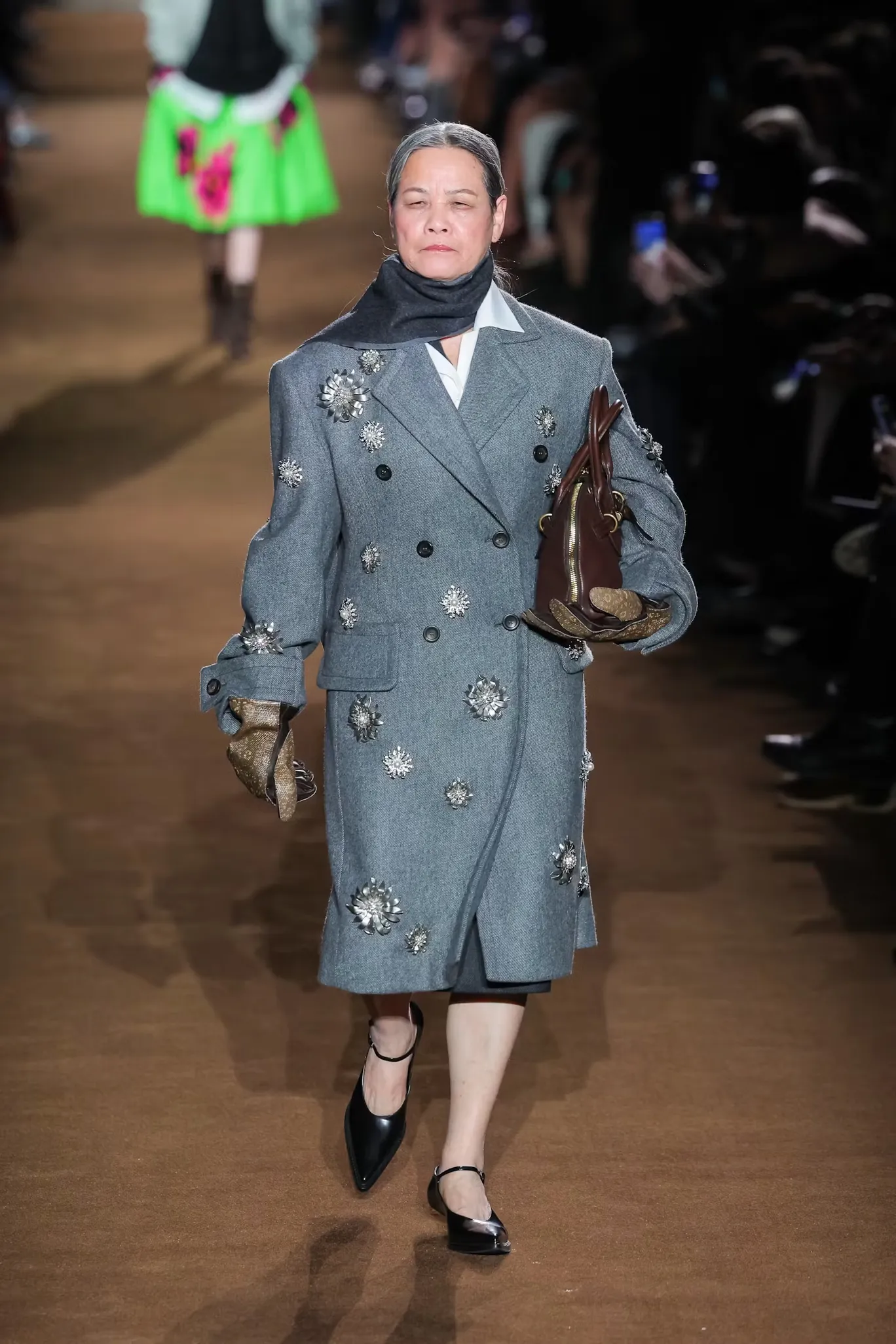
3. A Larger Industry Shift
Beyond individual groups, a larger transformation is taking place across the luxury industry.
Research and executive conversations highlight five pillars shaping the new landscape:
- Opportunity spotting — shifting investments towards wellness, travel, and longevity. Wellness tourism alone is expected to surpass $1.4 trillion by 2027.
- Cultural intelligence — understanding tensions around time, belonging, and joy, and resolving them through storytelling.
- Identity crafting — bold narratives that cut through digital clutter, making brands memorable and meaningful.
- Experience design — elevating sports, travel, and cultural events into touchpoints of emotional connection.
- Culture rebuilding — fostering organisational cultures that encourage creativity, risk-taking, and intentional innovation.
These pillars show that luxury is no longer about chasing every trend or maximising visibility. The future belongs to those who pause, interpret, and lead with depth.
Understanding as the Ultimate Luxury
Taken together, these three forces — the demands of the ultra-wealthy, the vitality of midlife women, and the industry’s own shift — highlight a single truth: understanding has become the ultimate luxury.
Understanding culture. Understanding identity. Understanding individuality.
Stephen R. Covey once wrote: “Seek first to understand, then to be understood.” Nowhere is this principle more relevant than in today’s client relationships. In an era where both the rarest 0.001% and millions of overlooked consumers shape demand, brands that succeed will be those who listen deeply, grasp nuance, and act with empathy.
Final thoughts
Luxury in Asia is entering a new chapter. It is no longer defined by exclusivity alone, but by the ability to interpret and respond to what truly matters to people.
The brands that master understanding will shape the next chapter of luxury in Asia.
